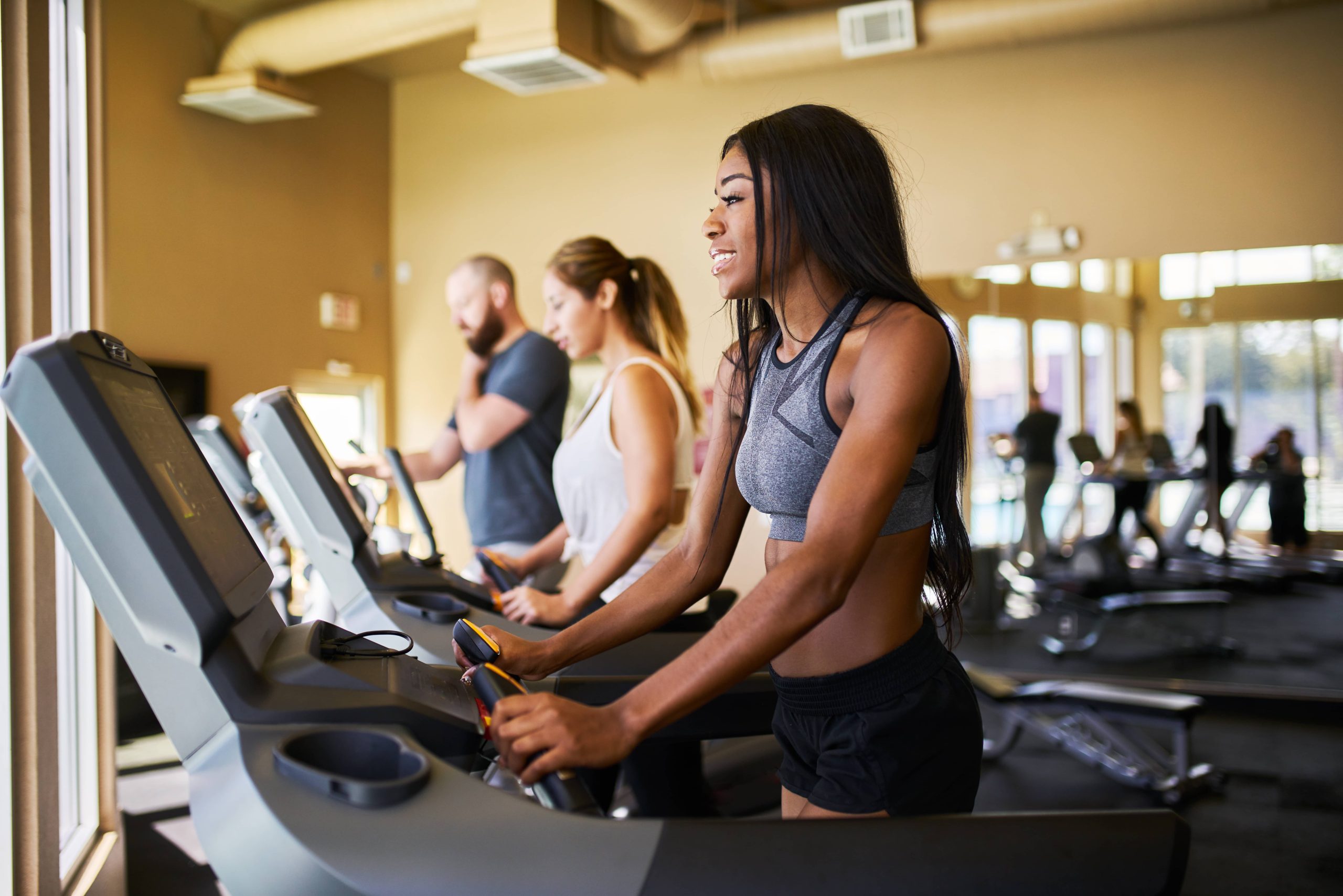
When it comes to fitness, cardio is often the cornerstone of any well-rounded exercise regimen. Whether you’re aiming to lose weight, improve endurance, or simply maintain a healthy lifestyle, choosing the right cardio routine is crucial. With a plethora of options available, it can be overwhelming to decide which one aligns best with your fitness goals. This guide will help you navigate through the various cardio exercises and tailor a routine that suits your needs.
Understanding Cardio and Its Benefits
Cardiovascular exercise, commonly known as cardio, involves activities that increase your heart rate and improve the efficiency of your cardiovascular system. The benefits of regular cardio are extensive, including:
– Improved Heart Health: Regular cardio strengthens the heart, enabling it to pump blood more efficiently.
– Weight Management: Cardio burns calories, aiding in weight loss and maintenance.
– Increased Lung Capacity: It enhances your lung capacity, making it easier to perform daily activities.
– Boosted Mood: Cardio releases endorphins, which can improve mood and reduce stress.
– Enhanced Endurance: Over time, cardio can increase your stamina and energy levels.
Identifying Your Fitness Goals
Before diving into a cardio routine, it’s essential to identify your primary fitness goals. Are you looking to lose weight, build endurance, or improve overall health? Your goals will dictate the type of cardio that’s most effective for you.
1. Weight Loss: If shedding pounds is your primary goal, focus on high-intensity interval training (HIIT) or steady-state cardio. Both methods are effective in burning calories, but HIIT can be more time-efficient.
2. Endurance Building: For those aiming to improve endurance, longer sessions of moderate-intensity cardio, such as running or cycling, are beneficial. These activities help build stamina over time.
3. Overall Health: If your goal is to maintain general health, a mix of moderate-intensity exercises like brisk walking, swimming, or cycling can be effective.
Types of Cardio Exercises
1. Running and Jogging: These are classic forms of cardio that can be done almost anywhere. They are excellent for burning calories and improving cardiovascular health. However, they can be high-impact, so it’s important to have proper footwear and technique.
2. Cycling: Whether on a stationary bike or outdoors, cycling is a low-impact exercise that can be adjusted for intensity. It’s great for building leg strength and endurance.
3. Swimming: This full-body workout is gentle on the joints and excellent for improving lung capacity and overall endurance.
4. Rowing: Rowing machines provide a full-body workout that targets multiple muscle groups while also improving cardiovascular health.
5. HIIT: High-Intensity Interval Training involves short bursts of intense exercise followed by rest or low-intensity periods. It’s effective for burning calories and improving cardiovascular fitness in a short amount of time.
6. Dance: Activities like Zumba or dance aerobics are fun ways to get your heart rate up while also improving coordination and flexibility.
Creating Your Cardio Routine
Once you’ve identified your goals and preferred types of cardio, it’s time to create a routine. Here are some tips to help you get started:
1. Start Slow: If you’re new to cardio, begin with shorter sessions and gradually increase the duration and intensity as your fitness improves.
2. Mix It Up: To prevent boredom and overuse injuries, incorporate a variety of cardio exercises into your routine. This also ensures that different muscle groups are engaged.
3. Set Realistic Goals: Establish achievable milestones to keep yourself motivated. Whether it’s running a certain distance or completing a set number of HIIT sessions per week, having clear goals can help track your progress.
4. Listen to Your Body: Pay attention to how your body responds to different exercises. If you experience pain or discomfort, adjust your routine accordingly.
5. Incorporate Rest Days: Allow your body time to recover by scheduling rest days. This is crucial for preventing burnout and injuries.
Monitoring Progress and Adjusting Your Routine
As you progress, it’s important to monitor your achievements and adjust your routine to continue challenging your body. Here are some ways to track your progress:
– Keep a Journal: Record your workouts, including duration, intensity, and how you felt afterward. This can help identify patterns and areas for improvement.
– Use Technology: Fitness trackers and apps can provide valuable data on your heart rate, calories burned, and overall performance.
– Reassess Your Goals: As you reach your initial goals, set new ones to keep yourself motivated and engaged.
Conclusion
Choosing the right cardio routine is a personal journey that depends on your individual fitness goals, preferences, and lifestyle. By understanding the benefits of different types of cardio and tailoring a routine to your needs, you can achieve your fitness objectives while enjoying the process. Remember, consistency is key, and the most effective cardio routine is one that you can maintain over the long term. So lace up your sneakers, find an activity you love, and start moving towards a healthier, fitter you.
